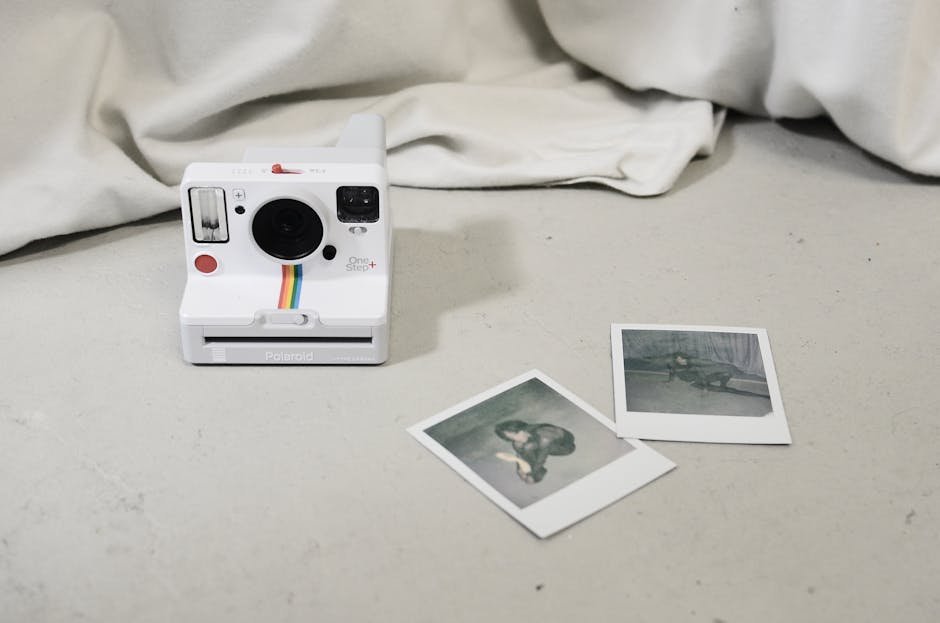Key Takeaways
- Eidetic Memory and Photographic Memory are distinct concepts often confused but hold different implications in geopolitical boundary recognition.
- Eidetic Memory refers to the vivid, detailed recollection of territorial features and boundaries as perceived by local populations or historical entities.
- Photographic Memory in geopolitical context implies precise, often satellite or aerial imagery-based, documentation of borders and territorial extents.
- The interpretation and application of these memories influence diplomatic negotiations, territorial disputes, and cartographic representations.
- Understanding the nuances between these memories helps clarify political claims and the legitimacy of territorial governance.
What is Eidetic Memory?

Eidetic Memory in geopolitics pertains to the detailed, almost lifelike recall of territorial boundaries as retained by communities or governing bodies. It emphasizes the subjective, culturally ingrained understanding of a region’s borders beyond formal documentation.
Community-Based Boundary Perception
In many regions, local populations retain an eidetic memory of their territorial limits, often passed down through oral traditions and communal practices. Such memories shape the identity of the people and influence their claims during border disputes, reflecting a deeply rooted spatial awareness that transcends legal maps.
This community perspective is especially vital in regions with limited formal cartographic records, where collective memory serves as the primary source of boundary knowledge. For instance, indigenous groups in remote areas often rely on eidetic recollections to assert land rights against state-level claims.
Historical Narratives and Territorial Identity
Eidetic memory encapsulates historical narratives where past rulers and inhabitants retain vivid recollections of territorial extents, influencing present-day border interpretations. These memories often incorporate natural landmarks, such as rivers or mountains, as boundary markers that persist in collective consciousness.
Such narratives play a role in legitimizing territorial claims, especially when historical treaties or documents are ambiguous or contested. They provide a culturally embedded rationale for territorial control that may conflict with externally imposed boundaries.
Limitations and Variability of Eidetic Memory
While eidetic memory offers detailed recollection, it can be subjective and prone to distortion over generations due to shifting political contexts or migrations. This variability can complicate negotiations where differing memories of boundaries exist between neighboring groups.
Moreover, eidetic memory may omit recent changes or fail to incorporate new administrative divisions, causing discrepancies between lived experience and official records. Such inconsistencies highlight the challenge of relying solely on collective memory in formal boundary disputes.
The Role in Conflict and Mediation
In contested regions, eidetic memory often serves as a reference point during mediation efforts, providing insight into local perceptions of rightful territorial extents. Mediators sometimes engage with community elders to understand these memories and use them to negotiate compromises.
This approach can foster respect for indigenous or local claims while balancing geopolitical realities, contributing to more culturally sensitive resolutions. However, it also risks entrenching disputes if conflicting eidetic memories remain irreconcilable.
What is Photographic Memory?

Photographic Memory in the context of geopolitical boundaries refers to the use of precise, often technologically derived images to define territorial limits with objective clarity. It involves capturing exact visual representations of borders through aerial or satellite imagery.
Technology-Driven Border Documentation
Advancements in satellite imaging and aerial reconnaissance have enabled states to acquire photographic memories of their territories, facilitating accurate mapping and monitoring. These images provide indisputable evidence of current border demarcations and geographical features.
For example, international bodies often rely on satellite photographs to verify compliance with border agreements or identify unauthorized incursions. This technology-driven memory reduces ambiguity in boundary disputes by providing a visual, time-stamped record.
Legal and Diplomatic Applications
Photographic memory serves as critical evidence in international legal proceedings involving territorial claims, offering objective data that supports or challenges traditional assertions. Courts and arbitration panels frequently examine such imagery to make informed decisions.
Diplomatic negotiations leverage photographic evidence to clarify misunderstandings and propose precise border adjustments, thereby minimizing conflicts rooted in differing perceptions. These images can also be shared publicly to enhance transparency in territorial matters.
Limitations in Interpretation and Accessibility
Despite its precision, photographic memory can be limited by resolution constraints, seasonal variations, and the interpretation skills of analysts interpreting the images. Poor visibility or changes in terrain can obscure boundary markers, leading to potential misreadings.
Furthermore, access to high-quality imagery is often restricted to powerful states or organizations, creating disparities in how borders are documented and contested. This uneven accessibility can influence the balance of power in territorial negotiations.
Integration with Geospatial Technologies
Photographic memory is increasingly integrated with Geographic Information Systems (GIS) and other geospatial tools to create dynamic, interactive representations of borders. This integration allows for layered analysis combining imagery with demographic, environmental, and political data.
Such comprehensive mapping enhances decision-making processes by providing multifaceted views of disputed territories, aiding stakeholders in understanding complex boundary issues. It also supports disaster management and resource allocation within defined borders.
Comparison Table
The following table outlines key aspects differentiating Eidetic Memory and Photographic Memory in the geopolitical context.
| Parameter of Comparison | Eidetic Memory | Photographic Memory |
|---|---|---|
| Source of Boundary Knowledge | Derived from communal recollections and oral histories. | Obtained through satellite and aerial imagery technologies. |
| Nature of Information | Subjective and culturally influenced understanding. | Objective and visually documented evidence. |
| Role in Dispute Resolution | Provides insight into local claims and historical ties. | Offers precise data for legal and diplomatic use. |
| Vulnerability to Change | Susceptible to distortion over time and political shifts. | Dependent on technological updates and image quality. |
| Accessibility | Widely accessible within communities. | Often restricted to governments and international bodies. |
| Use in Cartography | Influences traditional maps based on local knowledge. | Supports modern mapping with accurate visuals. |
| Impact on Territorial Claims | Shapes identity-based claims and historical legitimacy. | Serves as proof in international arbitration. |
| Flexibility in Interpretation | Interpretations vary between groups and contexts. | Interpretations rely on technical expertise. |
| Dependence on Technology | Minimal, relies on human memory and tradition. | Highly dependent on imaging and geospatial tools. |
| Temporal Validity | Can reflect historical boundaries not currently visible. | Represents current and recent territorial conditions. |
Key Differences
- Subjectivity vs Objectivity — Eidetic Memory is influenced by cultural and historical perspectives, while Photographic Memory provides an impartial visual record.
- Origin of Data — Eidetic Memory arises from human recollection, whereas Photographic Memory is generated through technological means.
- Application Scope — Eidetic Memory primarily informs local or indigenous territorial claims, contrasting Photographic Memory’s use in formal international legal contexts.
- Temporal Focus — Eidetic Memory may represent historical borders, while Photographic Memory captures present-day territorial realities.
- Access and Control — Community members typically hold Eidetic Memory collectively, whereas Photographic Memory is controlled by entities with technological resources.
FAQs
Can Eidetic Memory influence modern border negotiations despite lacking formal documentation?
Yes,
